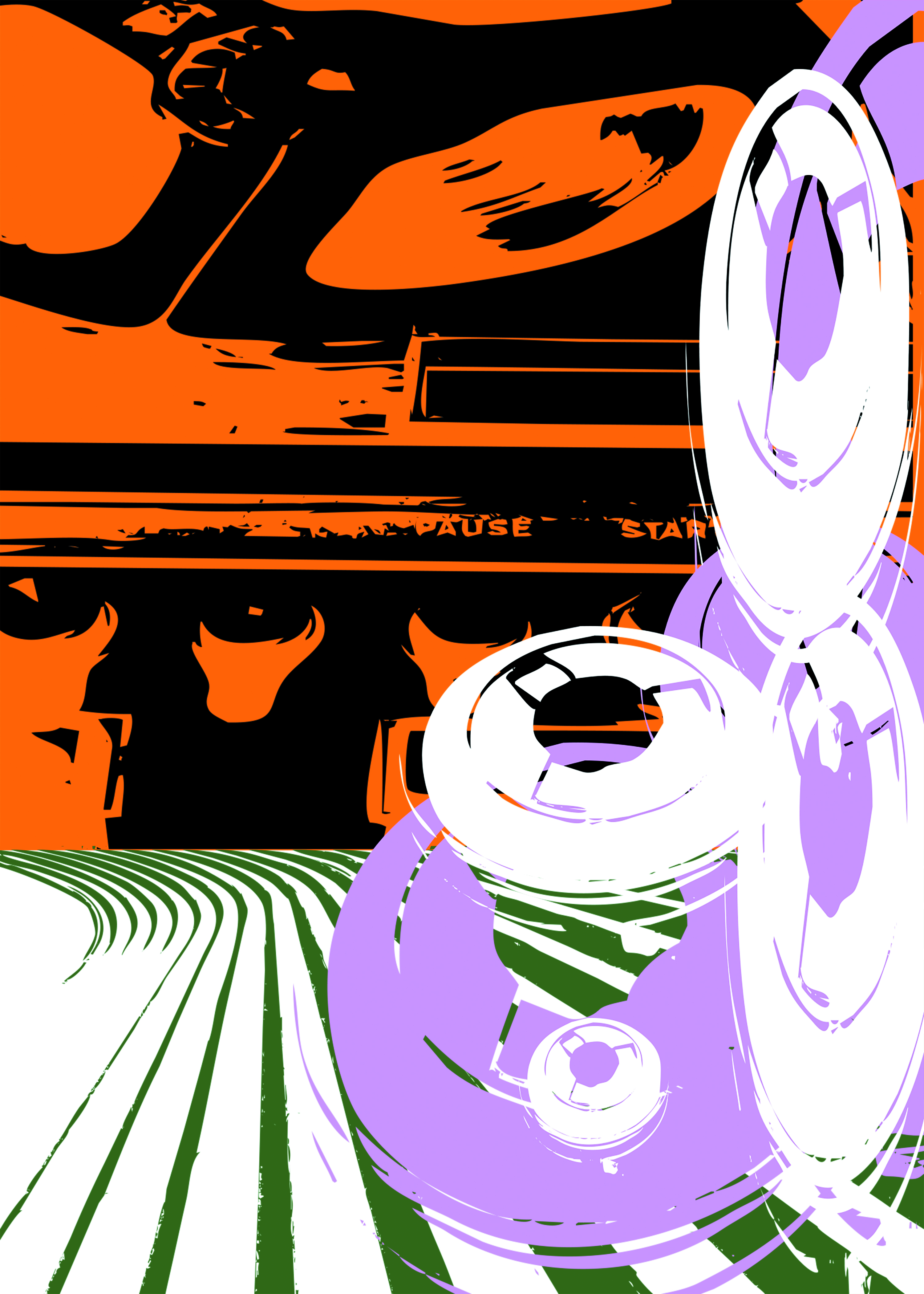There are a lot of Rhodes piano plug-ins out there, but Universal Audio's Electra 88 Vintage Keyboard Studio sets itself apart in some critically appealing ways. It has a large dynamic range, comes with an array of studio tools, and allows for deceptively tweaky options via a user interface that is simple and easy to understand. The plug-in contains four basic modules: a keyboard, pedals/stompboxes, amps, and studio outboard gear. When I first opened it up, I selected a compression pedal, a Leslie-style amp combo with a couple of mics, an EQ with boosted mids and HPF, and within a few seconds I was playing with a church organ-style Rhodes setup.
Part of the reason I was able to move quickly was because the UI displayed a familiar setup as one might see in a studio, with a keyboard, amp, pedalboard, and outboard gear all on display. If I wanted to swap out the amp, I clicked on the amp and swapped it out. The same with stompboxes. This type of feature might seem simplistic and obvious, but the ease presented by the Electra 88 Vintage Keyboard Studio is something I wish more plug-ins incorporated.
I generally enjoy moving fast when finding sounds that serve the project at hand. Plug-ins with limitless options snowblind me. Endless menus filled with knobs and numbers do very little in service of creative decision making. I was delighted by this plug-in because it balances versatility with utility. Through the combination of virtual amps, mics, pedals and outboard gear, I was able to get just about every Rhodes sound imaginable without having to spend time learning or navigating complex or hidden settings.
While the stompboxes and outboard gear are certainly useful, my primary interest in the Electra 88 was its musicality and performance. The original Rhodes electric piano had some unique characteristics and capacities that aren’t easily replicated. For example, the original's huge dynamic range allowed players to subtly change the timbre and tone of each note depending on its velocity. A lighter touch created glassy, watery, and smooth tones, while a heavier touch created punchy, barking, brisk, and fiery tones. Unsurprisingly, the Electra 88’s dynamic range and response exceeded my expectations, and I found myself joyously smacking my keyboard as I punched out those classic barking tones, then backed off to a light touch to get those iconic silky ones. I was also happy to find that dynamics can be further tweaked inside a Performance settings menu, along with General settings for tuning, keyboard condition, pedal noise, noise floor, and velocity curves.
My time with this plug-in was a pleasure, both from the perspective of a producer and a player. Whether I was working on indie rock, jazz, pop ballads, or other accompaniments, this plug-in was primed for quickly and competently meeting a given task. Its uncomplicated demeanor supports speedy decisions on-the-fly, but also presents enough extra tools and has enough depth to satisfy those who need to get tweaky. Most importantly, and just like the classic Rhodes, the Electra 88 Vintage Keyboard Studio is fun and entirely enjoyable to play. In the opinion of this impatient producer and player, it is the best Rhodes piano plug-in option for someone looking to balance features, depth, and realism with quick decision making.




_disp_horizontal_bw.jpg)